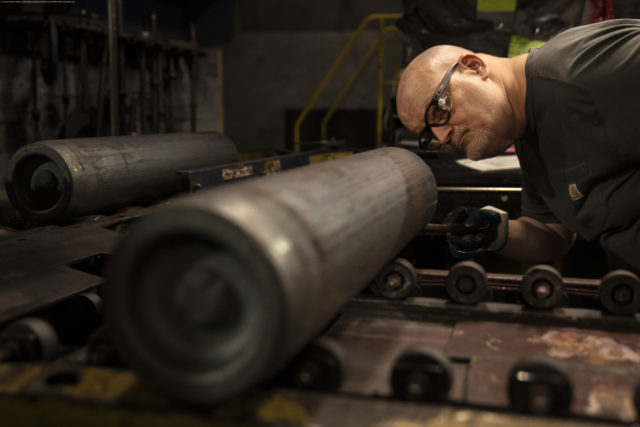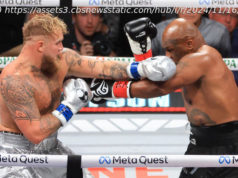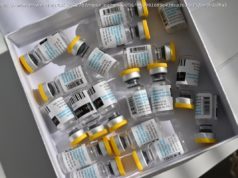Array
The U.S. economy slowed sharply from January through March, decelerating to just a 1.1% annual pace as higher interest rates hammered the housing market and businesses reduced inventories.
Thursday’s estimate from the Commerce Department showed that the nation’s gross domestic product — the broadest gauge of economic output — weakened after growing 3.2% from July through September and 2.6% from October through November.
But consumer spending, which accounts for about 70% of U.S. economic activity, remained resilient, growing at a 3.7% annual pace, the fastest quarterly pace in nearly two years.
The slowdown reflects the impact of the Federal Reserve’s aggressive drive to tame inflation, with nine interest rate hikes over the past year. The surge in borrowing costs is expected to send the economy into a recession sometime this year. Though inflation has steadily eased from the four-decade high it reached last year, it remains far above the Fed’s 2% target.
The housing market, which is especially vulnerable to higher loan rates, has been battered. And many banks have tightened their lending standards since the failure last month of two major U.S. banks, making it even harder to borrow to buy a house or a car or to expand a business.
Many economists say the cumulative impact of the Fed’s rate hikes has yet to be fully felt.






